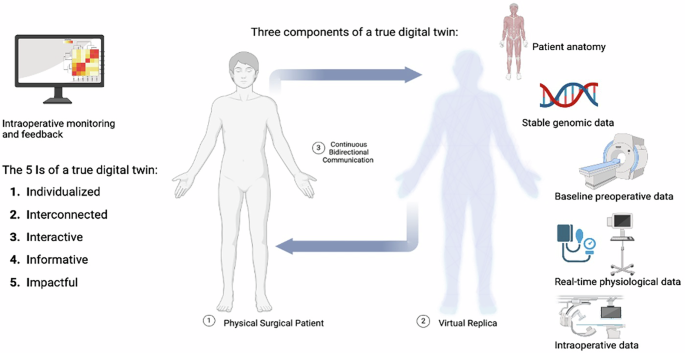Who's paying more: E-commerce, automotive, or manufacturing? Here's what Deloitte report says - Times of India

Blue-collar wages in India are rising at an annual rate of 5–6%, driven by strong demand for skilled talent across core industries and the growing adoption of performance-based incentives, according to Deloitte’s latest report released Thursday.The report, titled ‘Blue-Collar Workforce Trends 2025’, highlights a 10% increase in hiring intent for blue-collar roles in 2025, reflecting robust demand in manufacturing, automotive, e-commerce, and logistics sectors.The wage growth is closely aligned with this demand. Sectors like automotive, metals and mining, and chemicals are seeing steady wage hikes of around 6%, fuelled by expanding production capacity and automation investments.E-commerce is set to lead wage growth with a projected 7% rise, supported by rapid expansion in last-mile delivery, warehousing, and logistics infrastructure, the report noted.“India’s blue-collar workforce stands at the crossroads of technological evolution and policy reform. As automation, AI and smart manufacturing reshape the industrial landscape, the need for inclusive skilling, robust social protections and humane work environments has never been greater,” Neelesh Gupta, Partner at Deloitte India told news agency PTI.
“At this pivotal moment, businesses have the responsibility and opportunity to build a future-ready workforce that is more productive and empowered. Our growth relies on those who power our factories, warehouses, and supply chains. Empowering this workforce isn't just smart business, it is essential to industrial progress,” he added.Based on inputs from over 200 companies and insights gathered from more than 300 manufacturing plants across 15 industries, the report also highlighted ongoing challenges around wage disparity, inclusion, and workforce formalisation.Only 2.3% of blue-collar positions offer salaries above ₹60,000 per month, primarily for highly skilled or experienced professionals. Additionally, the average wage for female workers stands at just 70% of their male counterparts' earnings, with the disparity widest in physically demanding, non-ITI roles.Despite positive strides in technology adoption and formalisation, the report emphasized persistent issues in wage standardisation, as well as the pressing need for widespread reskilling and upskilling to meet the demands of an evolving industrial ecosystem.











